Have you ever watched your dog’s tail wag so hard you thought it might take flight? Or noticed their quiet sigh when something just isn’t right? Dogs may not speak our language, but their hearts are an open book if we listen. In a world where their happiness often depends on us, understanding what sparks their joy—and what dims it—can transform our bond with them. Prepare to see your furry friend in a whole new light as we uncover the 15 things that make dogs beam with happiness, and 10 silent frustrations that might surprise you. Are you ready to discover what truly makes your dog’s tail wag?
Belly Rubs: The Ultimate Sign of Trust
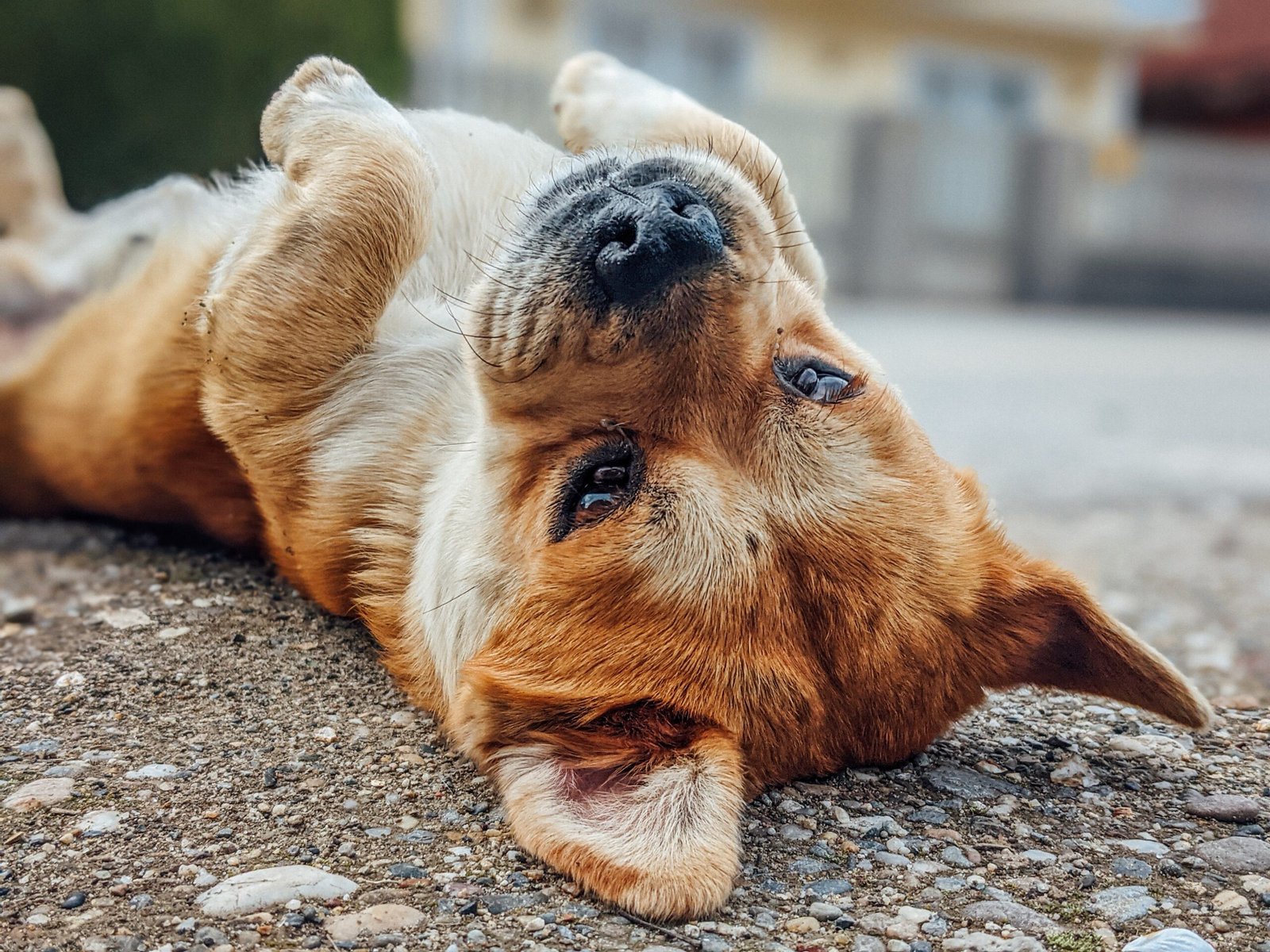
Nothing makes a dog’s eyes glaze over with bliss quite like a good belly rub. When your dog rolls over and exposes their tummy, it’s a heart-melting sign of trust. This simple gesture doesn’t just feel good—it tells your dog, “You’re safe with me.” For many pups, belly rubs are like a mini spa day, releasing tension and bringing a wave of calm. It’s their way of asking for affection, and when you respond, you’re strengthening your bond. Even the grumpiest dogs can melt under a gentle hand. Remember, not all dogs enjoy this at first, so always look for those relaxed, happy signals before diving in.
Daily Walks: Exploring the World Together
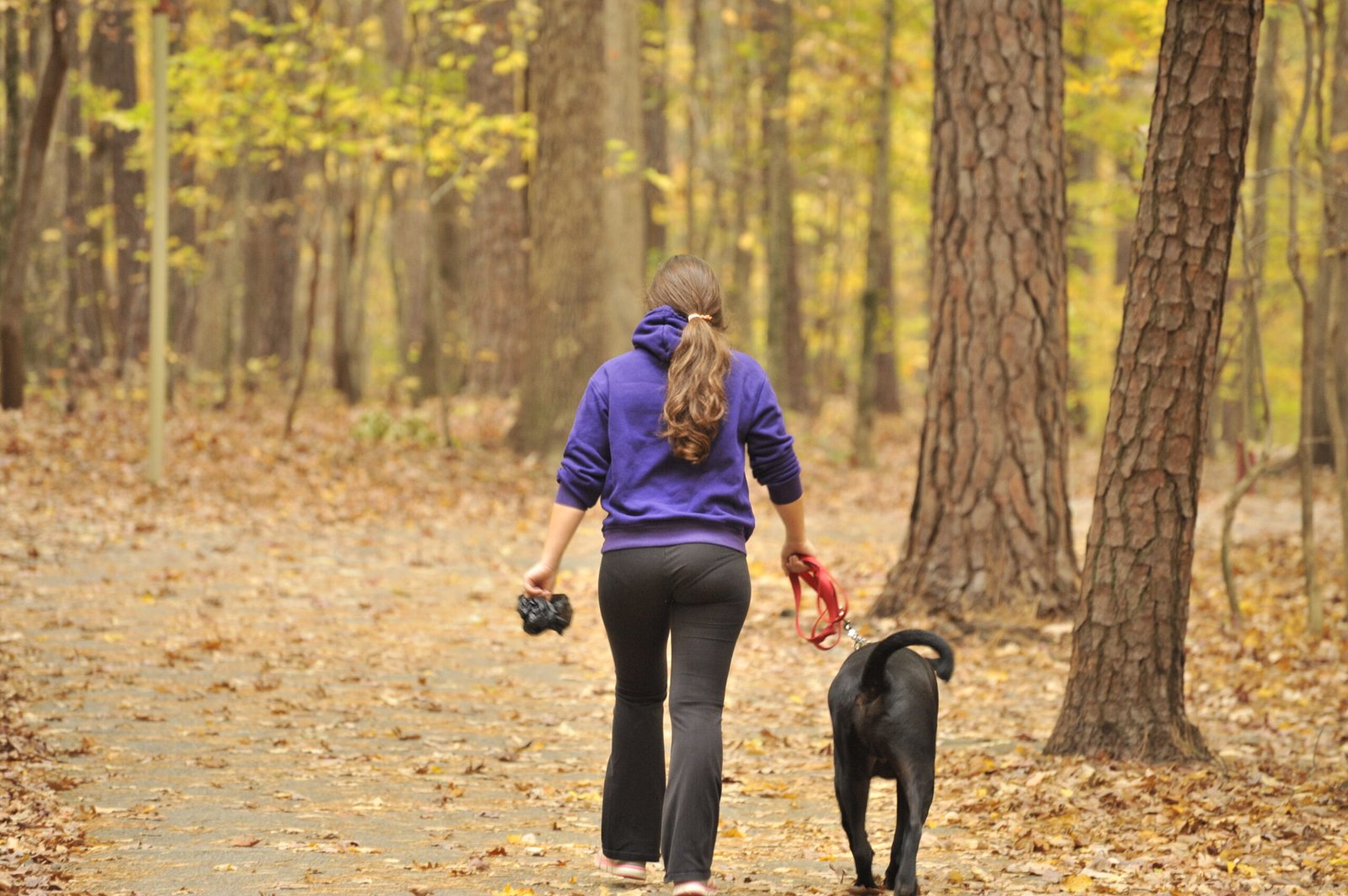
A walk isn’t just exercise for a dog—it’s a passport to adventure. The outside world is full of fascinating smells, sights, and sounds. Each step is an opportunity to explore, learn, and stretch those energetic limbs. When you reach for the leash, notice the excitement in their eyes and the happy dance by the door. Walks provide mental stimulation, help burn off excess energy, and prevent boredom. They’re also a chance for dogs to socialize and mark their territory. For city dogs especially, daily walks are a lifeline to the wider world. Skipping them can make your pup restless and unhappy.
Chasing Balls and Toys: The Thrill of the Hunt
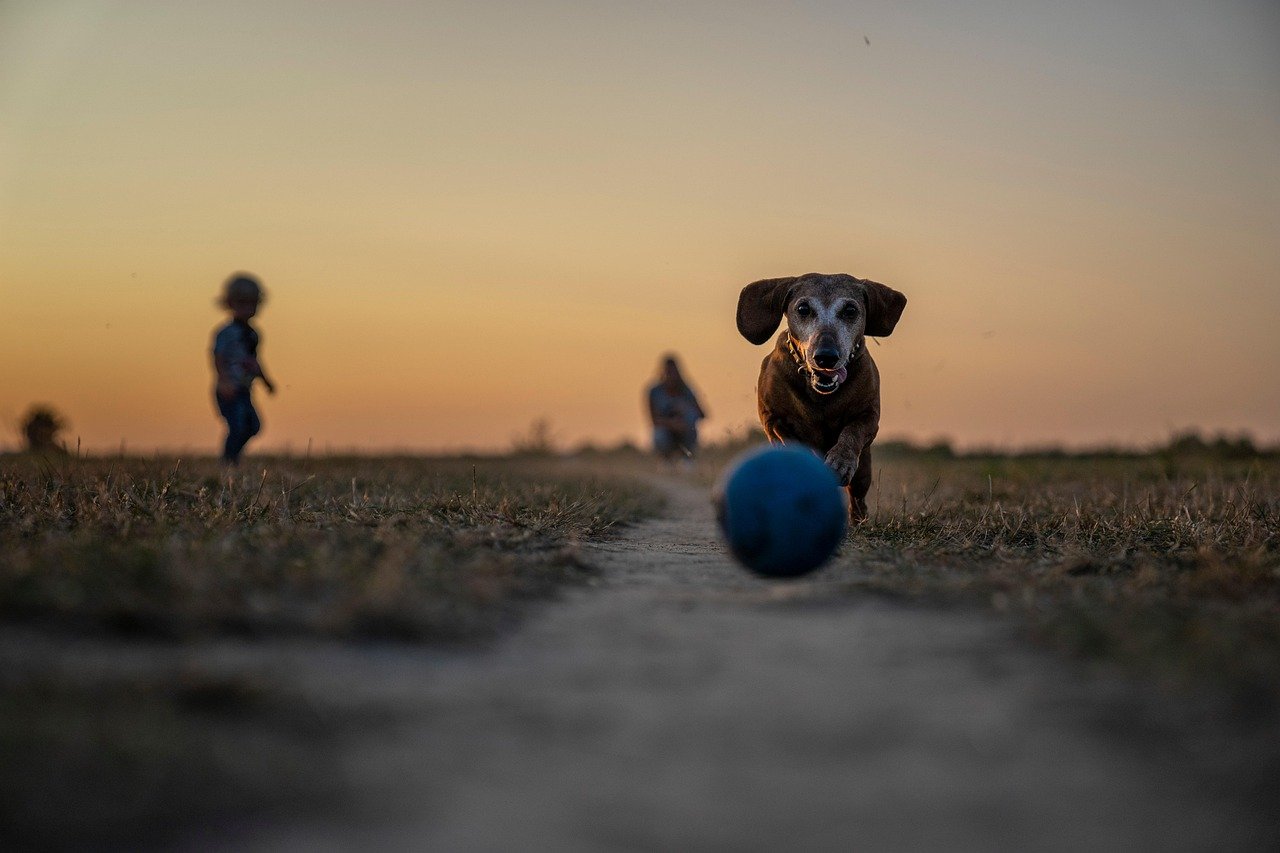
Few things bring out a dog’s inner puppy like a game of fetch. The chase, the capture, the triumphant return—it’s pure joy! This activity taps into their natural instincts as hunters and herders. The squeak of a favorite toy or the bounce of a tennis ball can send even the calmest dog into a frenzy of excitement. Fetch is more than just play—it’s exercise, mental challenge, and bonding time all rolled into one. If your dog could write a wish list, “play fetch every day” would be right near the top.
Sniffing Everything: Nature’s Newsfeed
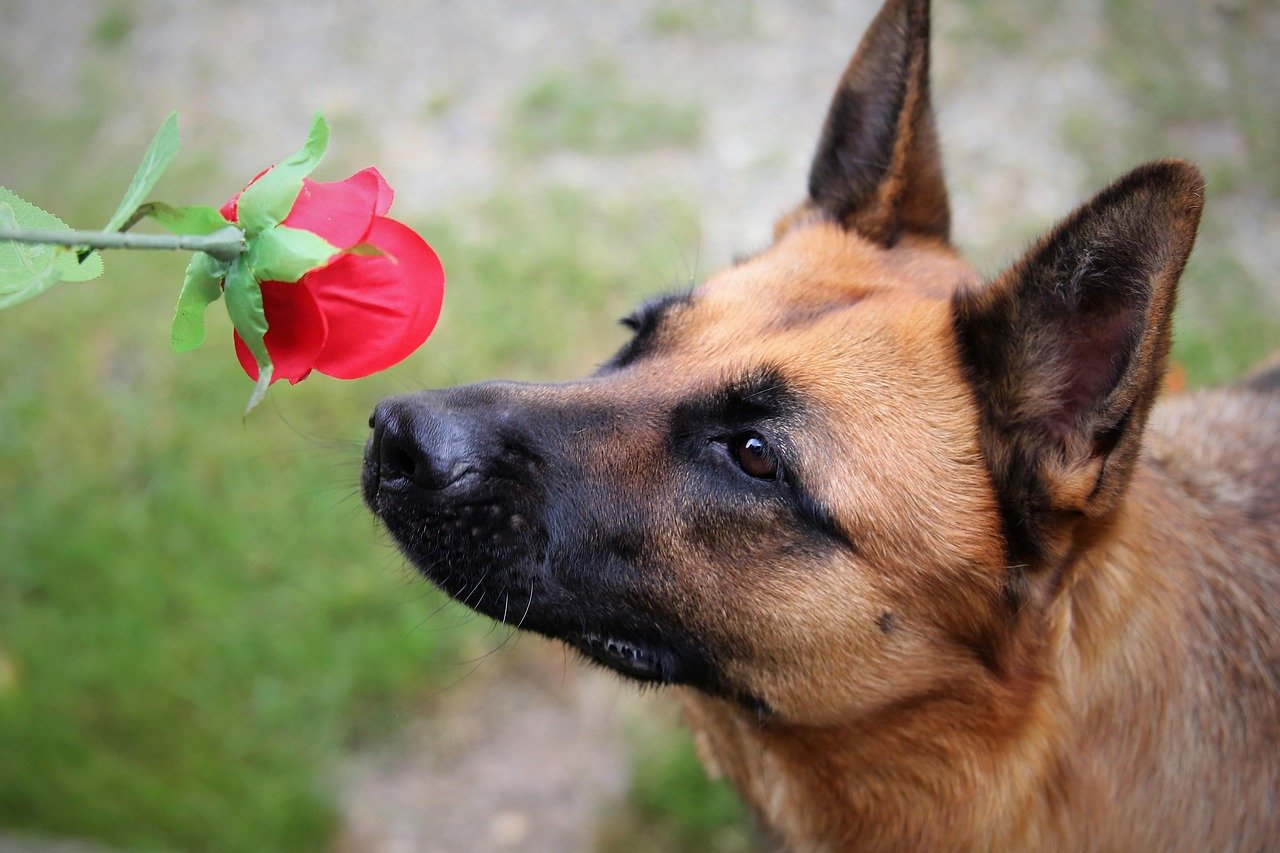
To a dog, the world is written in scent. Sniffing isn’t just a hobby—it’s how they “read” the world. Every blade of grass, every lamppost, every tree tells a story. When dogs sniff, they gather information about other animals, people, and even the weather. Sniffing is deeply satisfying and mentally stimulating. Rushing your dog through walks without letting them sniff can be like skipping the morning news—frustrating and unfulfilling. Letting your dog indulge their nose gives them a sense of control and discovery.
Quality Time with Their Favorite Human
Dogs are loyal to their core, and nothing fills their cup like being near their favorite person. Whether it’s cuddling on the couch, napping at your feet, or following you from room to room, your presence is their greatest comfort. This companionship reduces anxiety, creates a sense of safety, and deepens the human-animal bond. Even a simple pat on the head or a gentle word can make your dog’s day. Dogs are social creatures, and your attention is the best treat of all.
Mealtime: The Highlight of Their Day
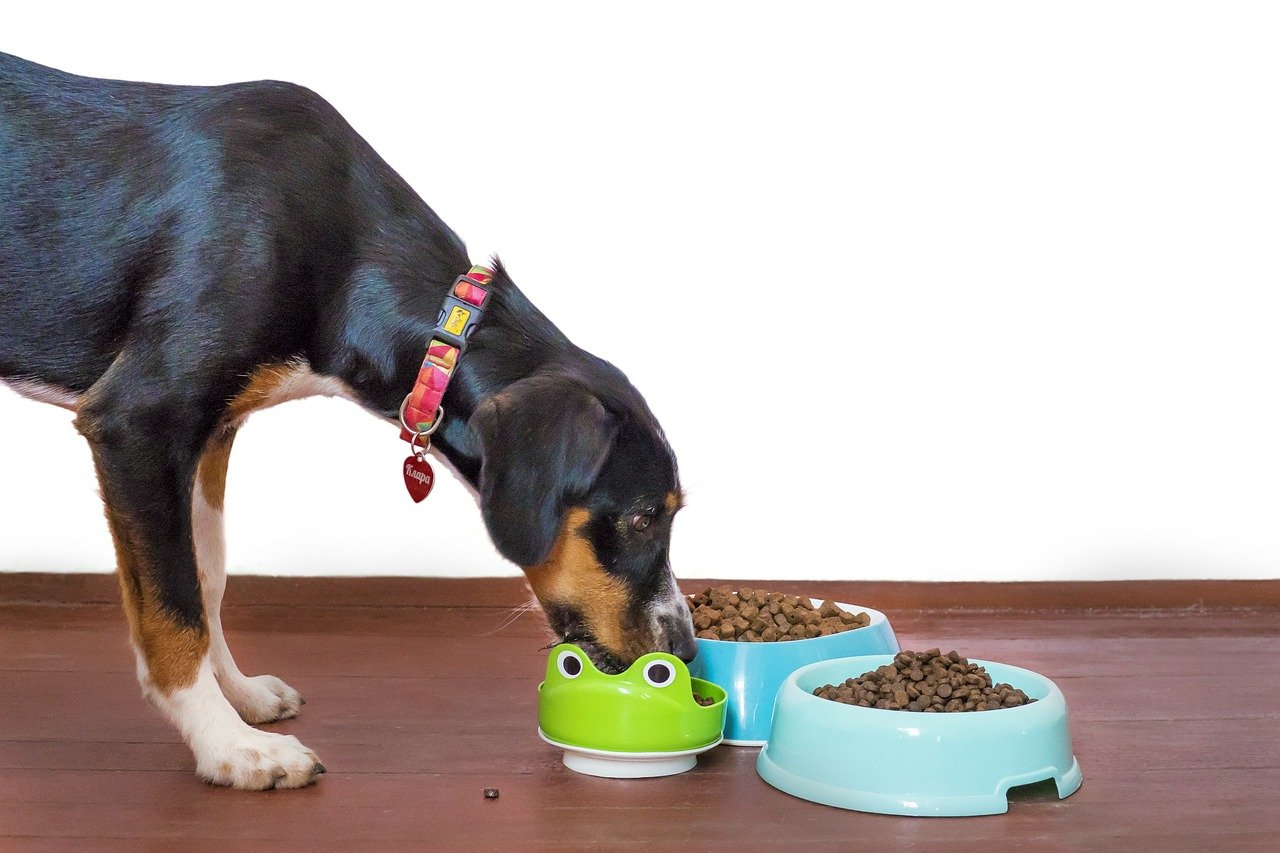
Mealtime is more than just sustenance—it’s an event. The clink of the bowl, the rustle of a treat bag, or the pop of a can sends many dogs into a tail-wagging frenzy. Food brings comfort, satisfaction, and sometimes a little healthy competition if there are other pets around. Dogs thrive on routine, and regular, predictable meals make them feel secure. Adding variety—like a special topper or the occasional homemade treat—can bring extra excitement. Just be sure to keep portions healthy to avoid unwanted pounds.
Learning New Tricks: The Joy of Achievement
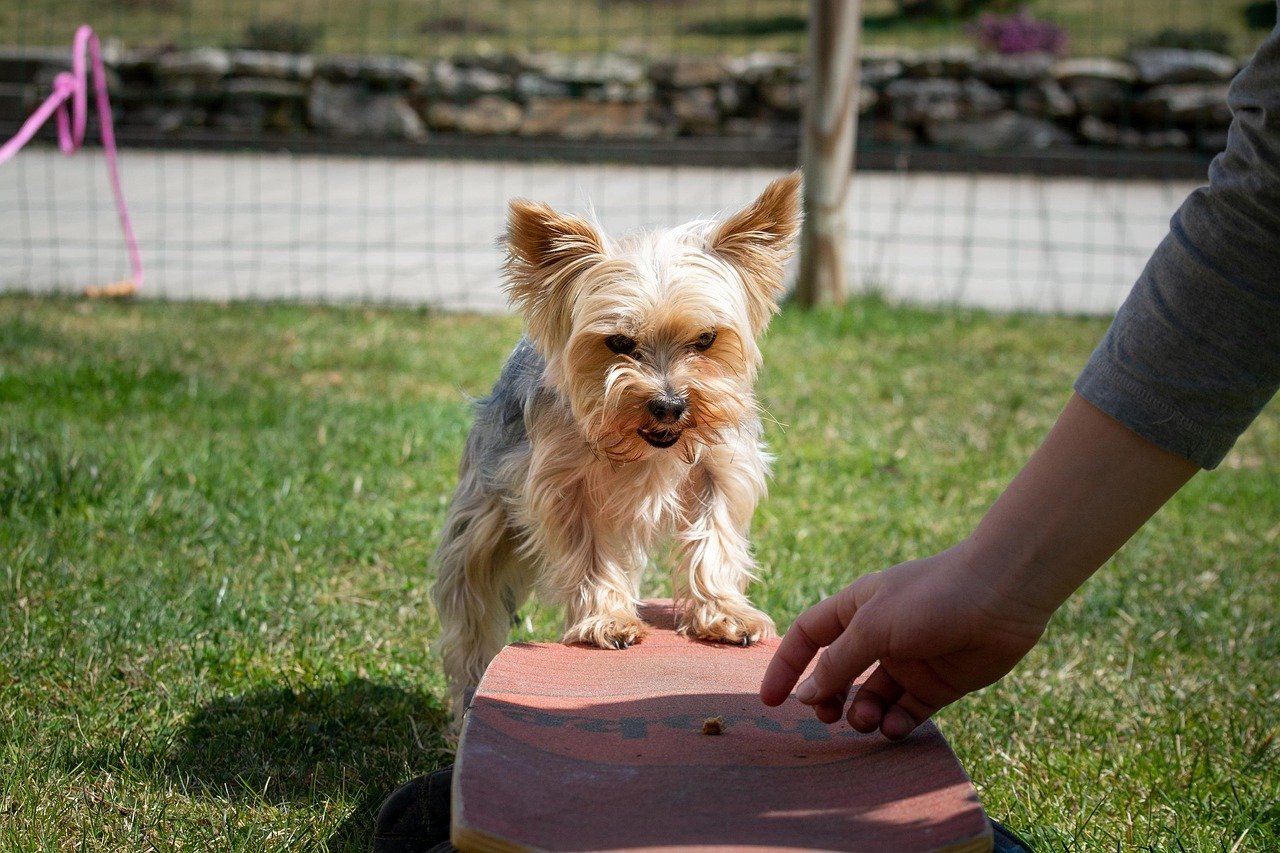
When a dog learns a new trick, it’s more than just a party trick—it’s a confidence boost. Training engages their mind, builds communication between dog and owner, and offers a sense of accomplishment. Positive reinforcement, like treats and praise, makes learning fun. Some dogs love showing off their skills, proudly sitting, shaking, or rolling over for an audience. Training sessions are also a great way to burn off mental energy and keep boredom at bay. Celebrate every success, no matter how small.
Car Rides: Windows Down, Ears Flapping
For many dogs, a car ride is the ultimate adventure. The anticipation, the changing scenery, and the thrill of wind in their fur create an experience like no other. Even short trips can be exciting, especially if they end at a favorite park or hiking trail. Some dogs love sticking their head out the window, taking in a symphony of scents. Car rides can also mean quality time with you, away from the routine of home. Of course, not every dog is a fan, so it’s important to make rides safe and positive.
Chewing on Toys: Stress Relief in Action
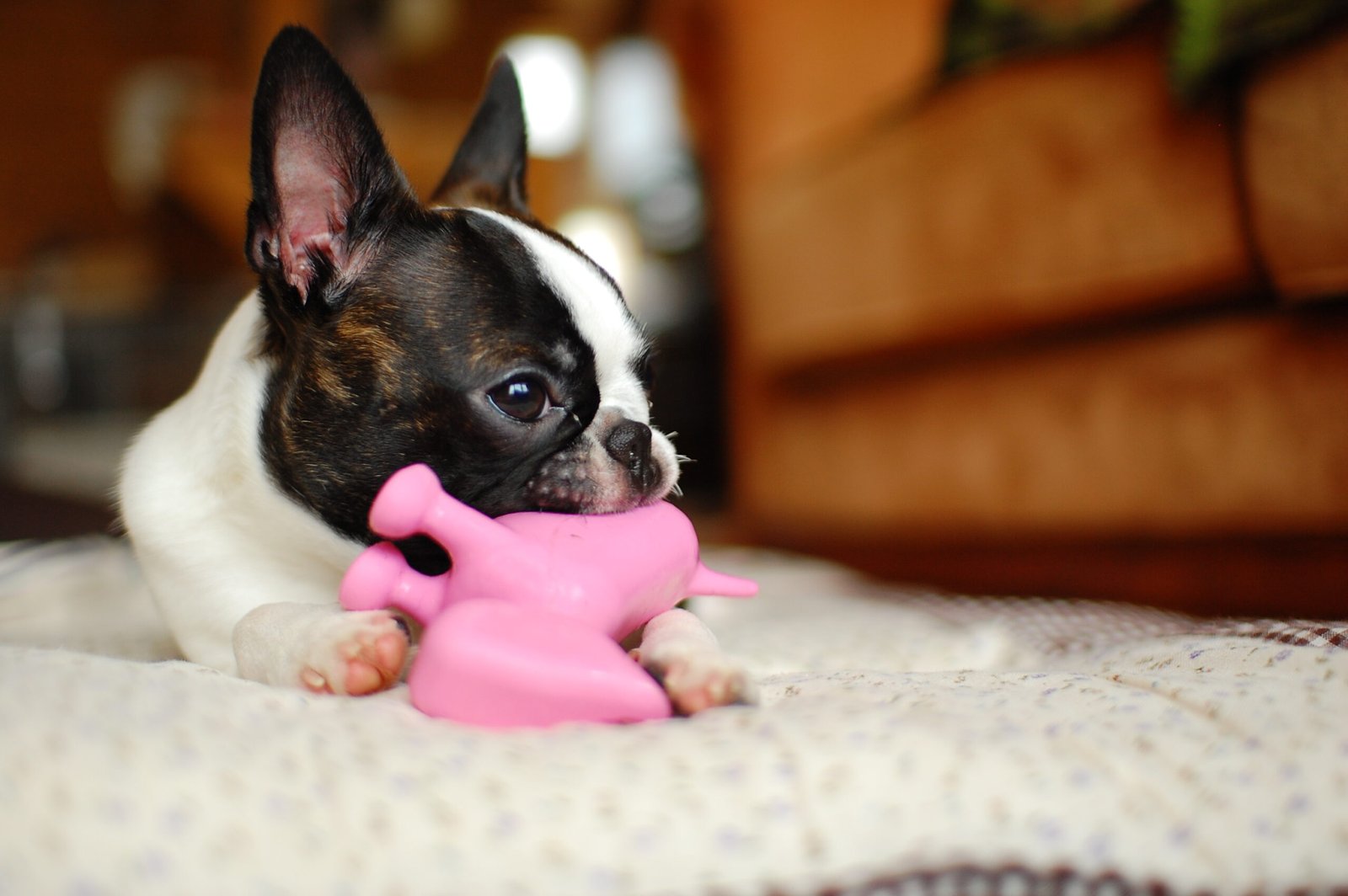
Chewing isn’t just a puppy thing—it’s a lifelong source of pleasure and stress relief for dogs. A sturdy chew toy can keep them entertained for hours, satisfying their natural urge to gnaw. Chewing helps keep their teeth clean and jaws strong. It also provides a healthy outlet for energy and anxiety, especially when left alone. Rotate toys regularly to keep things fresh, and choose safe, durable options that won’t splinter or break apart.
Playing with Other Dogs: Social Butterflies at Heart
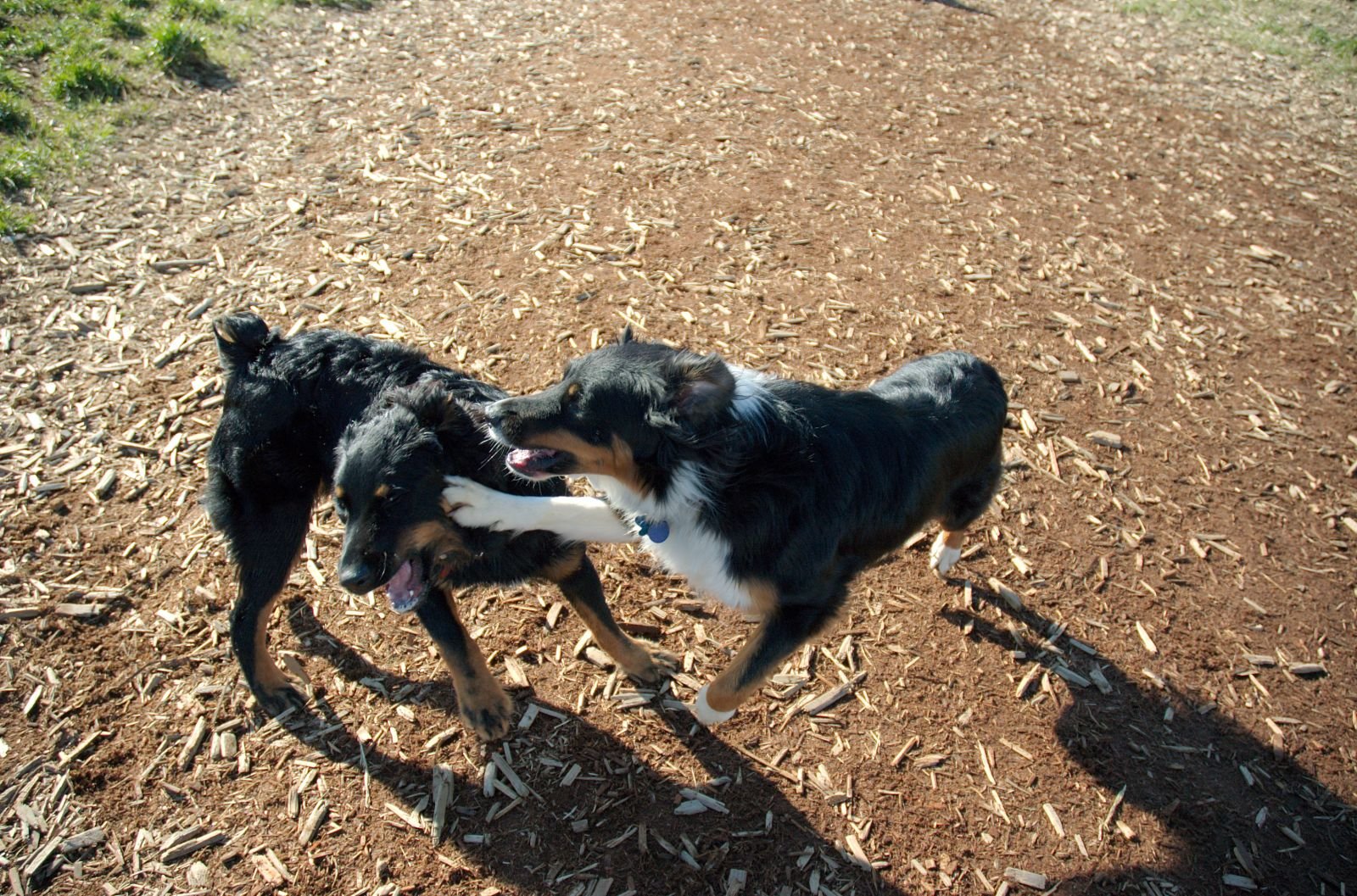
Dogs are social animals, and many thrive on playtime with their own kind. Whether it’s a romp at the dog park, a game of chase in the backyard, or a friendly wrestling match, dog-to-dog play is pure joy. It builds social skills, burns off energy, and provides mental stimulation. Watching dogs communicate through body language and play is fascinating—they learn boundaries, share excitement, and even make lifelong friends. Not every dog loves group play, but for many, it’s the highlight of their week.
Sunbathing: The Simple Pleasure of Warmth
Sunlight is a natural mood booster, and dogs know it. Many pups seek out a sunny patch on the floor or in the yard, stretching out and soaking up the warmth. Sunbathing relaxes muscles, soothes joints, and brings a deep sense of contentment. It’s their version of a spa day—simple, peaceful, and restorative. Just be sure they have access to shade and water, as too much sun can be harmful. Letting your dog bask in the sun is one of life’s little, uncomplicated pleasures.
Digging: Following Their Ancient Instincts
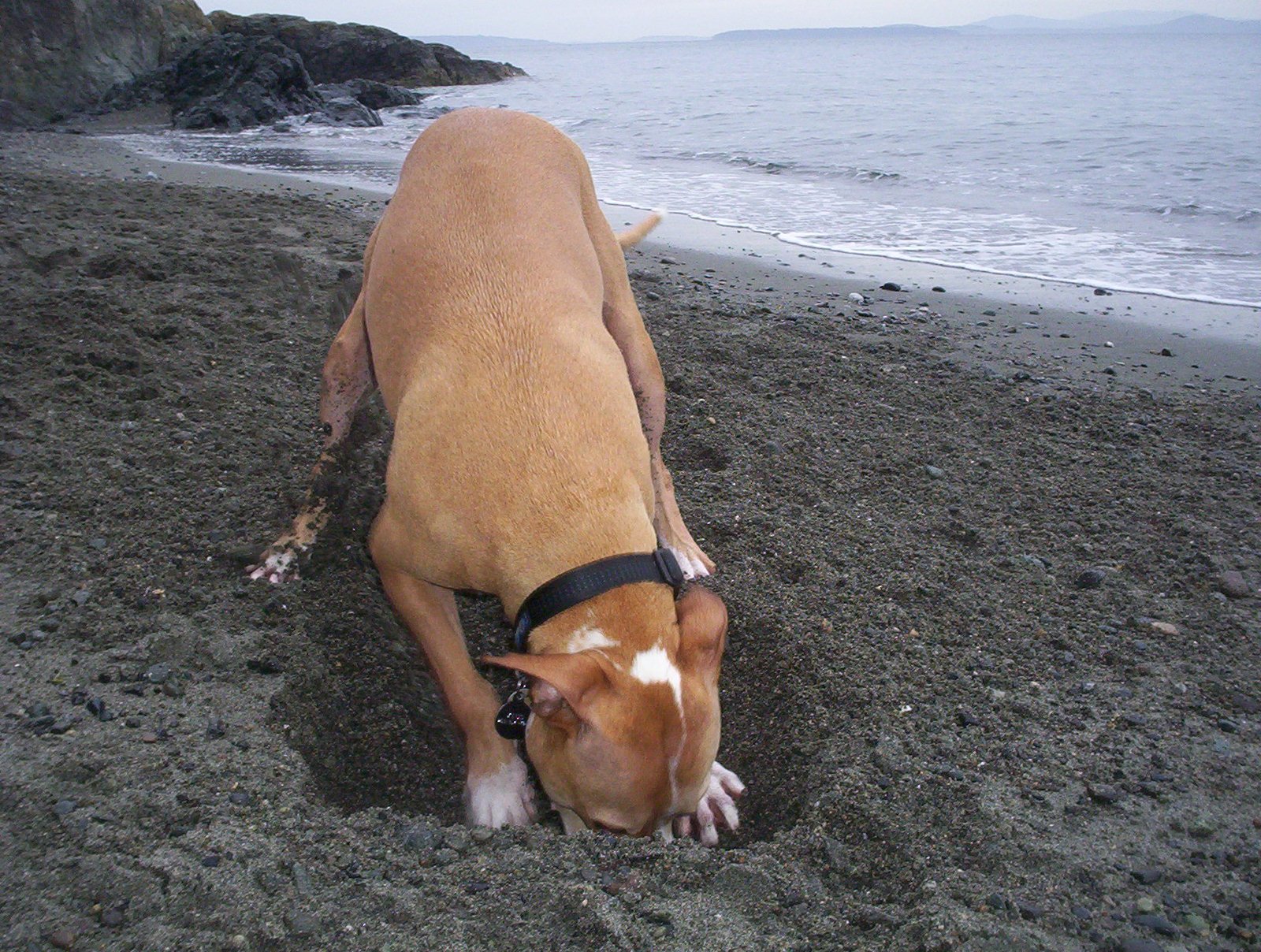
To humans, a hole in the yard might be a nuisance, but to dogs, digging is pure, instinctual fun. It’s a way to cool off, search for critters, or just burn off energy. Digging taps into their ancestral roots—think of wolves creating dens or searching for food. Some dogs dig to hide toys, others simply love the feel of dirt between their paws. If your dog is a digger, consider giving them a designated spot in the yard or a sandbox to unleash their inner excavator.
Comfortable Sleeping Spots: Cozy, Safe Retreats

A soft bed, a favorite blanket, or even a pile of laundry can be a dog’s haven. Dogs love having a comfortable, safe spot to curl up and rest. This is where they recharge, dream, and feel most secure. Providing a cozy sleeping area in a quiet corner of your home can make your dog feel truly at ease. Sometimes, the best moments are when your dog sighs contentedly, circling before settling down for a nap. It’s a reminder that comfort and security go paw-in-paw.
Swimming: The Joy of Splashing Around
Many dogs are natural swimmers, and water play can be the highlight of their summer. Whether it’s a dip in a pond, a splash in a kiddie pool, or chasing waves at the beach, swimming is exhilarating and cooling. For active breeds, water offers resistance and exercise that’s easy on the joints. It’s also a fantastic way to beat the heat and burn off extra energy. Of course, not every dog loves water, so always supervise and make sure they’re comfortable before encouraging a swim.
Greeting You at the Door: The Best Part of Their Day
There’s nothing like the pure, unbridled joy of a dog greeting you at the door. Whether you’ve been gone five minutes or five hours, their excitement never wanes. Jumping, spinning, happy barks—it’s their way of saying, “I missed you!” This daily reunion reaffirms your bond and reminds your dog that you’re their whole world. Even on tough days, their enthusiastic welcome can melt away stress and bring a smile to your face. It’s proof that sometimes, love is waiting right at home.
Loud Noises: Startling and Stressful
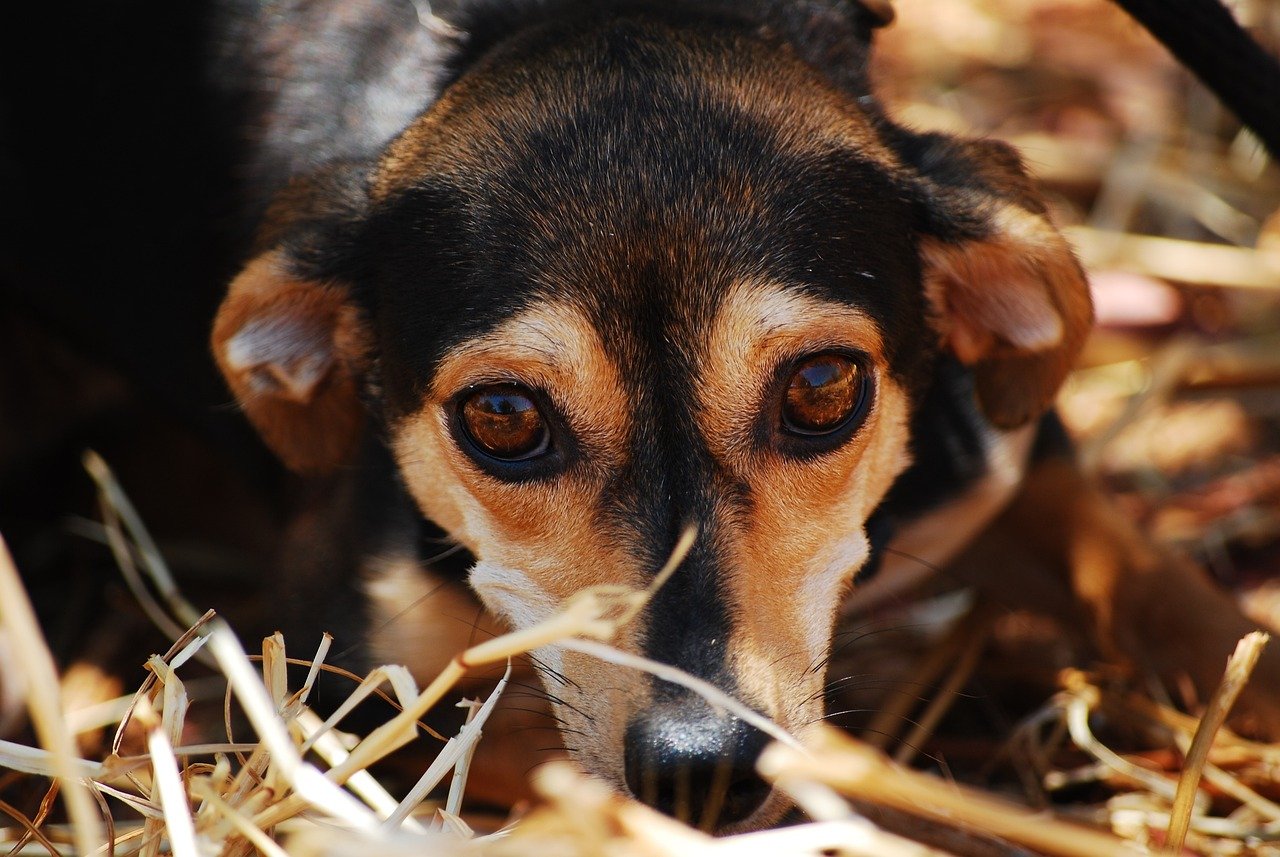
Fireworks, thunderstorms, and even the vacuum cleaner can turn a calm dog into a bundle of nerves. Loud, unpredictable noises trigger fear and anxiety in many pups. You might see them trembling, hiding, or barking in response. This stress isn’t just emotional—it can affect their physical health, too. Providing a safe, quiet retreat and using calming techniques can help. Remember, what seems harmless to us can be terrifying for them.
Being Left Alone for Too Long: The Pain of Separation
Dogs are pack animals, and extended periods of isolation can lead to loneliness and anxiety. Separation anxiety is a real and painful condition for many dogs, leading to destructive behavior, barking, or even depression. Coming home to a chewed-up shoe or torn-up pillow isn’t mischief—it’s a cry for connection. Make departures and arrivals calm, provide toys or puzzles, and consider pet sitters or doggy daycare if you’re away often. Your dog’s happiness thrives on companionship.
Unpredictable Routine: The Stress of Not Knowing
Dogs find comfort in predictability. When feeding times, walks, or bedtime change without warning, it can leave them feeling unsettled. Dogs can’t read calendars, but they notice patterns. Sudden changes—like a new work schedule or a vacation—can cause confusion and stress. Try to keep daily routines consistent, or at least provide clear cues when things will be different. A predictable routine is like a safety net for your dog’s emotional well-being.
Inconsistent Training: Mixed Signals, Mixed Emotions
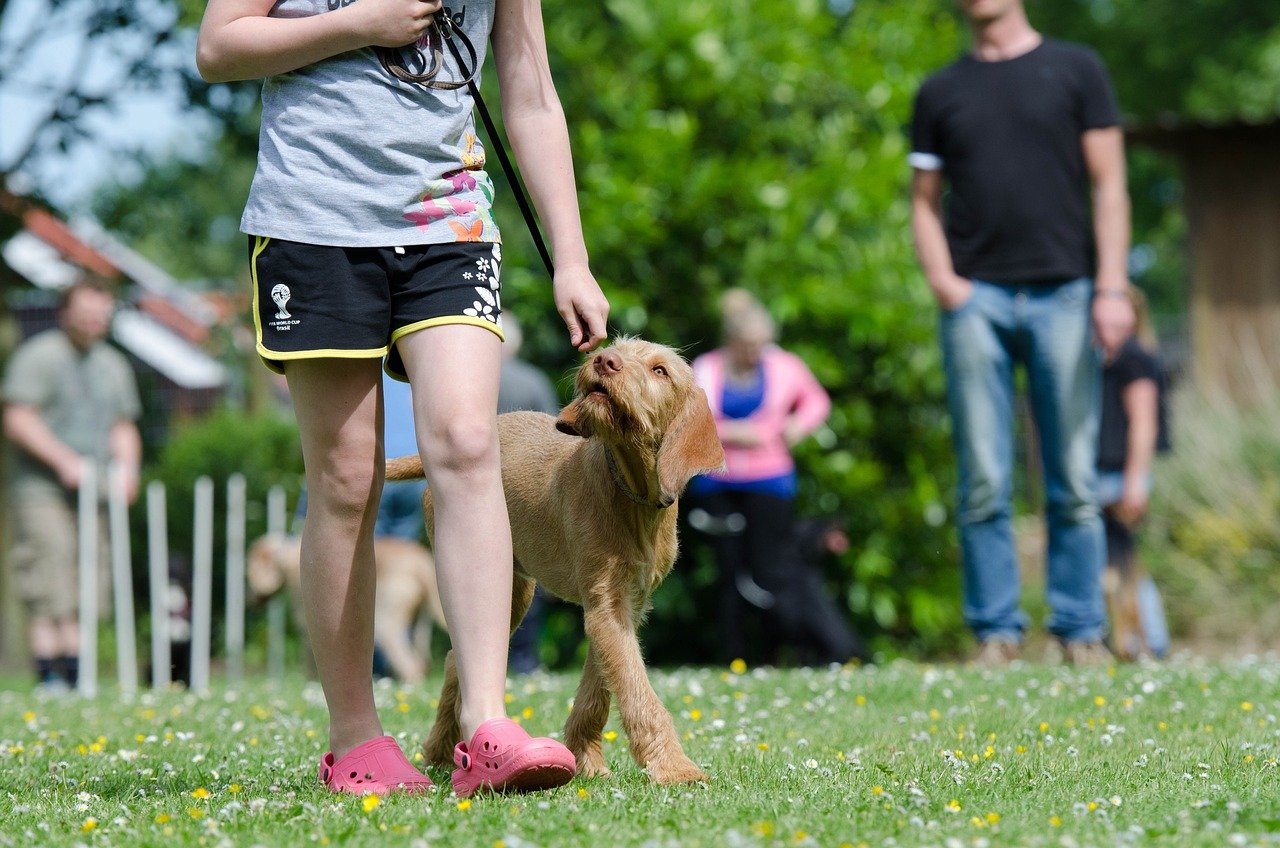
Nothing is more confusing for a dog than mixed messages. If one day “no jumping” is enforced, but the next it’s ignored, your dog won’t know what’s expected. Inconsistent training can lead to frustration and anxiety, making it hard for your dog to succeed. Dogs thrive on clear, positive guidance. Stick to consistent rules, use the same cues, and always reward good behavior. This helps your dog feel confident and secure.
Being Ignored: The Quiet Sting of Neglect

Dogs crave attention from their humans. Being ignored—whether intentionally or because of busy schedules—can deeply hurt your pup. You might notice subtle signs: a paw on your leg, a soft whine, or even misbehavior to get your attention. Regularly setting aside time for play, cuddles, or a simple conversation can make all the difference. Remember, to your dog, you are their world.
Overly Tight Collars or Harnesses: Physical Discomfort
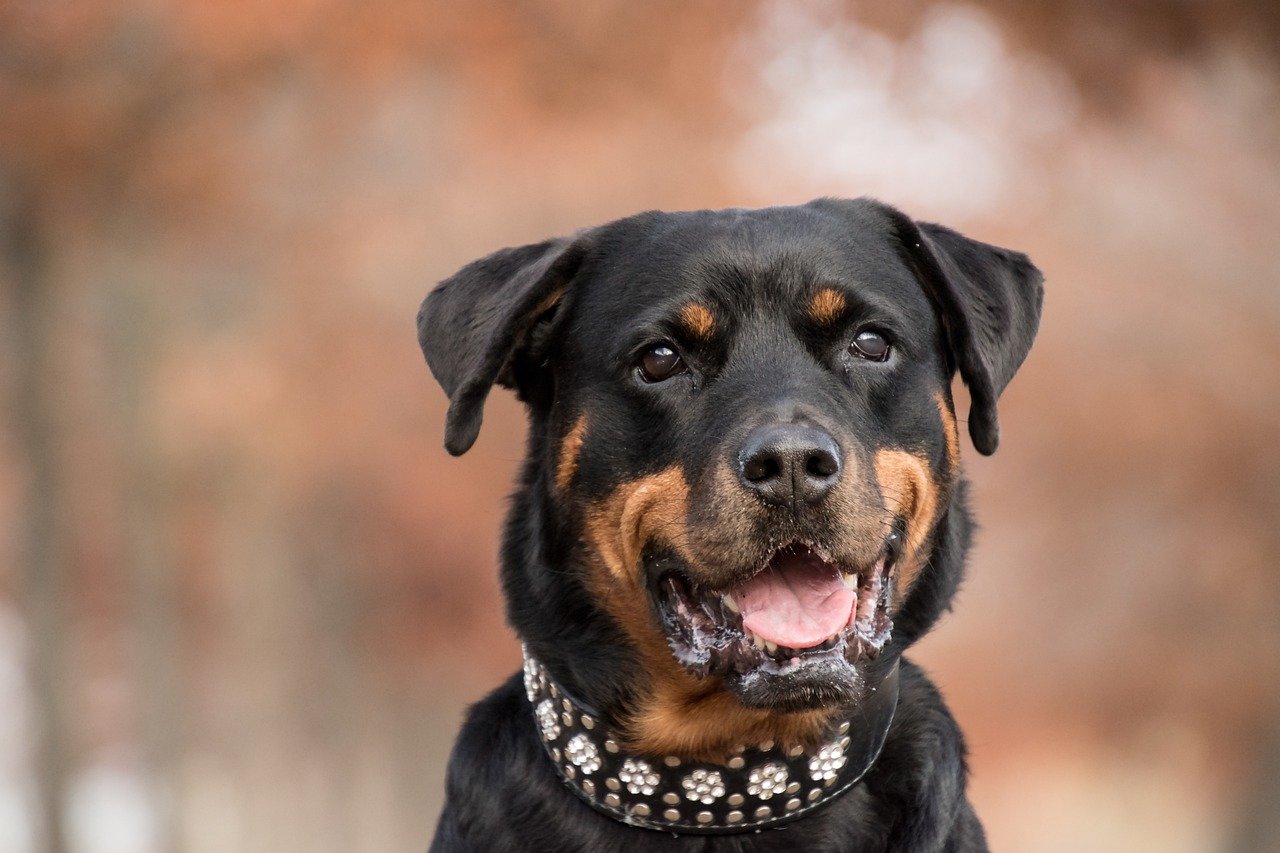
A collar or harness that’s too tight can cause discomfort, chafing, or even pain. Dogs may scratch, whine, or try to pull away when wearing something that doesn’t fit right. Checking fit regularly—especially as your dog grows or gains weight—is important. You should be able to slip two fingers comfortably under the collar. A comfortable fit equals a happy, healthy dog.
Forced Interactions: The Pressure to Socialize
Not every dog wants to meet every stranger or dog they encounter. Forced greetings can be stressful and overwhelming, especially for shy or reactive dogs. Watch for signs of discomfort, like tucked tails or avoidance. Respecting your dog’s boundaries and allowing them to choose when (and if) to interact helps build trust and confidence. Socializing should always be at your dog’s pace.
Lack of Mental Stimulation: Boredom Breeds Trouble

A bored dog is a frustrated dog. Without enough mental challenges, dogs can become destructive, anxious, or depressed. Puzzle toys, training sessions, and interactive games help keep their minds sharp and spirits high. Mental stimulation is as important as physical exercise for a dog’s happiness. Simple changes, like hiding treats or teaching a new trick, can make a world of difference.
Being Scolded Harshly: The Weight of Disapproval
Dogs want nothing more than to please their humans. Harsh scolding, yelling, or physical punishment can break their spirit and erode trust. Positive reinforcement—rewarding good behavior and redirecting unwanted actions—is much more effective. Gentle guidance builds a confident, happy dog who feels safe making mistakes and learning from them.
Unwanted Handling: Respecting Their Space

Some dogs dislike certain types of touch, like hugs, ear pulling, or being picked up. Ignoring their signals can lead to stress or even fear. Watch for signs like lip licking, turning away, or tensing up. Respecting your dog’s preferences and handling them gently shows you value their feelings. Every dog is different, and understanding their unique likes and dislikes is key to a happy relationship.
Your dog’s happiness often lives in the little things—like a walk with you, a new toy, or just a cozy spot by your side. But just as easily, small frustrations can sneak into their day unnoticed. Paying attention to both what lights them up and what brings them down is the key to a truly joyful life together. After all, when your dog’s happy, it makes everything better—for both of you.

Born and bred in South Africa, a Capetonian at heart. Amy-Leigh’s love for nature and animals was inherited from her Dad. He loves taking the family on road trips to experience nature at its finest; Amy-Leigh’s favourite being whale watching in Hermanus and spotting Kudu along the West Coast. Amy-Leigh holds a BA in English Literature and Communication Studies.





